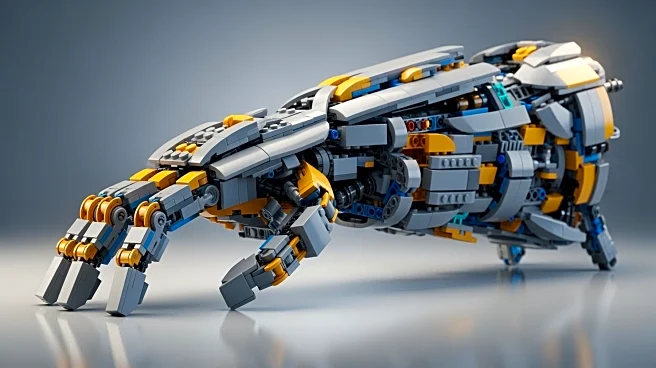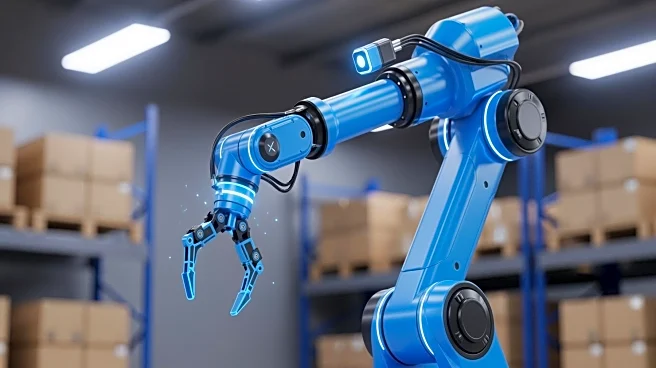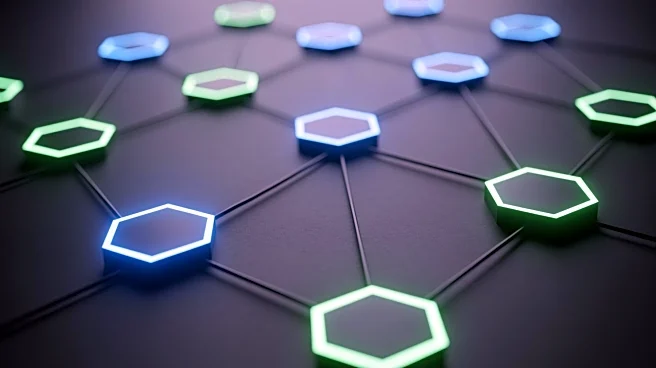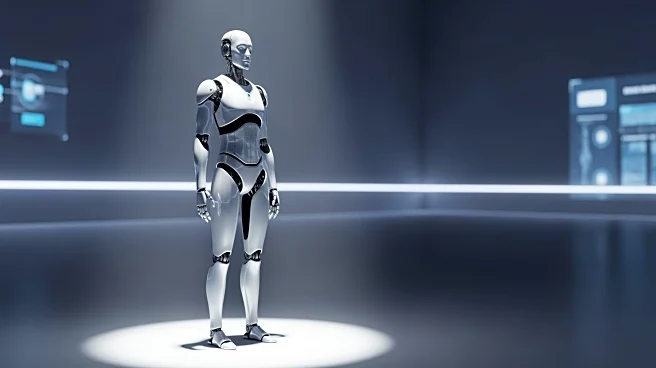What's Happening?
A 16-year-old student, Jared Lepora, has successfully built a robotic hand using Lego Mindstorms pieces, demonstrating capabilities similar to advanced robotic hands. The project, initiated with his father Nathan Lepora, a professor at the University
of Bristol, utilizes principles from the Pisa/IIT SoftHand. The Lego hand features four fingers, each with three joints, driven by two motors using tendons. It can grasp and move objects, performing static tests with notable force metrics. Despite Lego Mindstorms being discontinued in 2022, Jared's design allows for easy updates with newer motors.
Why It's Important?
This development highlights the potential for educational tools like Lego to inspire innovation in robotics. By using accessible materials, Jared's project demonstrates how complex robotic functions can be achieved without expensive equipment. This could influence educational approaches, encouraging hands-on learning and creativity in STEM fields. The project also showcases the potential for young innovators to contribute to technological advancements, possibly impacting future robotics research and development.
What's Next?
Jared's project may inspire further exploration into using everyday materials for advanced robotics. As educational institutions and tech companies observe this innovation, there could be increased support for similar projects, fostering a new generation of inventors. The ability to update the Lego hand with new components suggests ongoing improvements and adaptations, potentially leading to more sophisticated designs.
Beyond the Headlines
The ethical implications of using accessible materials for robotics could democratize technology, making it more available to diverse groups. This approach challenges traditional barriers in tech innovation, promoting inclusivity and broadening participation in scientific advancements.













